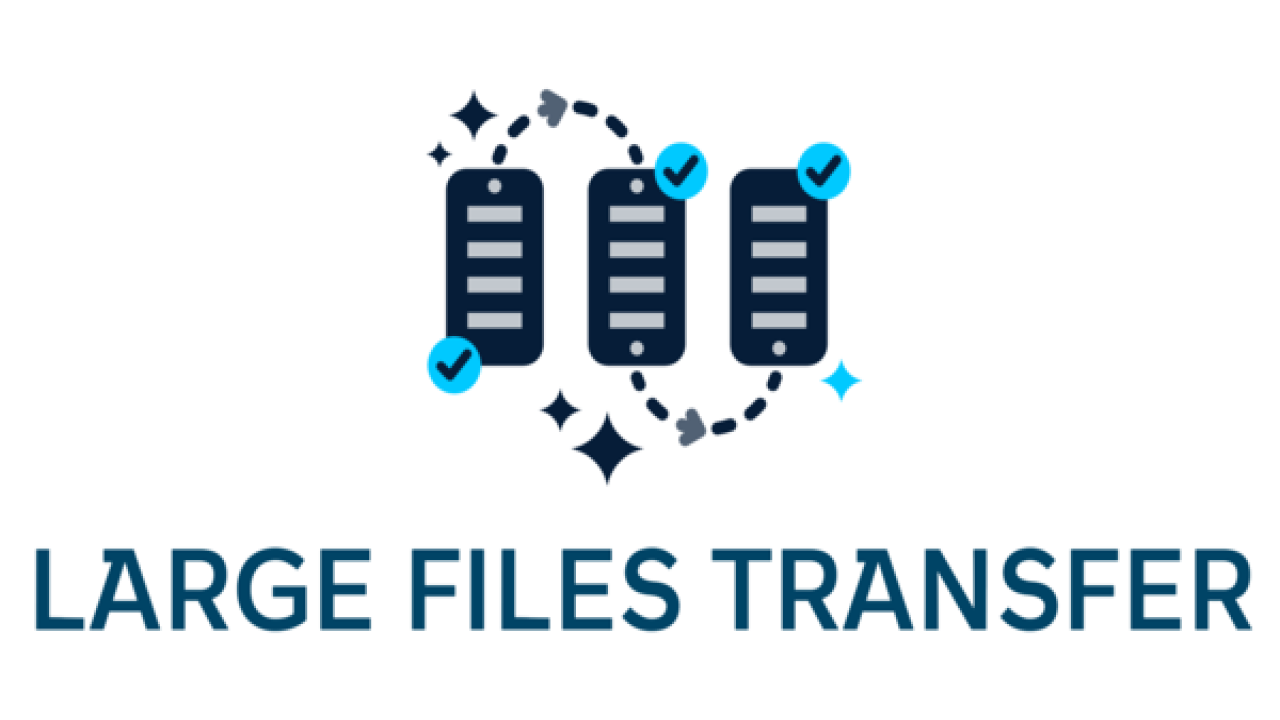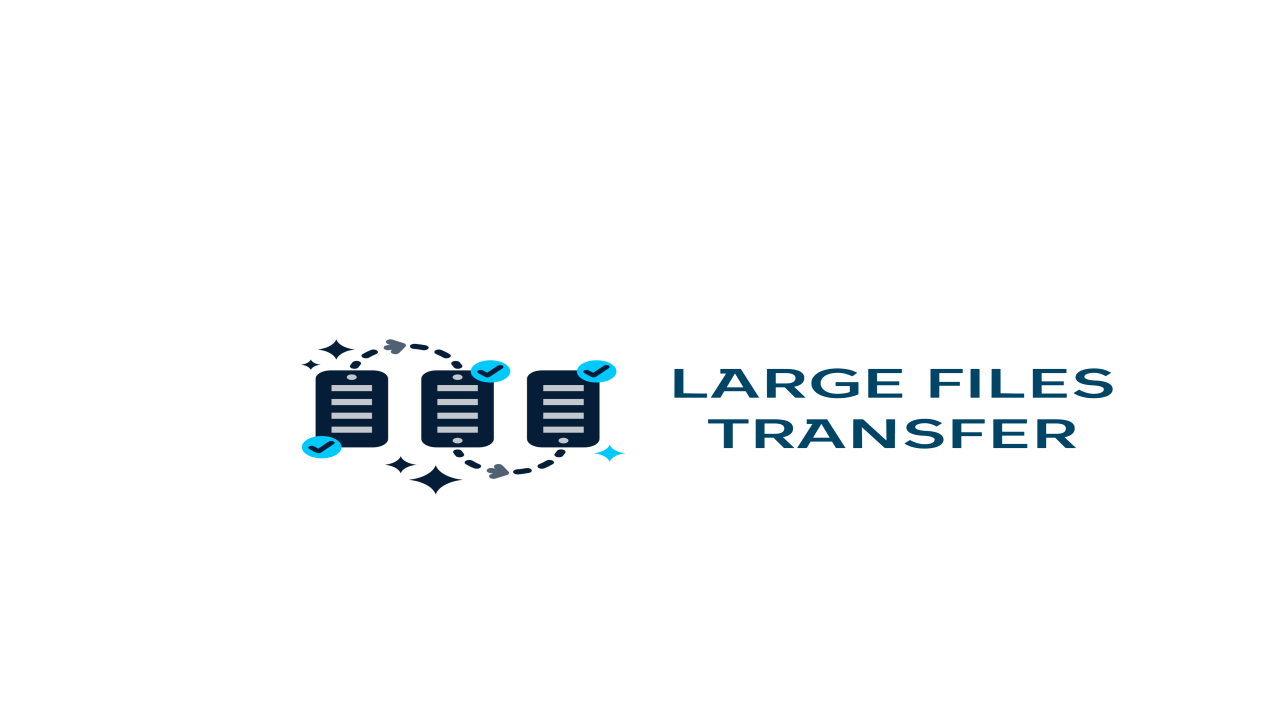Navigating GDPR Compliance: Tips for Secure File Transfer
In today's data-driven world, ensuring compliance with regulations such as the General Data Protection Regulation (GDPR) is paramount for businesses and organizations handling sensitive information. GDPR mandates stringent measures to protect the privacy and security of personal data, imposing strict requirements on data transfer and storage. When transferring files containing personal data, it's essential to adhere to GDPR guidelines to mitigate the risk of data breaches and regulatory penalties. In this article, we'll explore tips for ensuring compliance with GDPR during file transfer, safeguarding the integrity and confidentiality of personal data.
1. Understand GDPR Requirements: Before initiating file transfers, familiarize yourself with the key provisions of the GDPR, including the principles of lawfulness, fairness, and transparency in data processing. Understand the rights of data subjects, the obligations of data controllers and processors, and the requirements for lawful data transfer, including obtaining consent and implementing appropriate security measures.
2. Encrypt Data During Transfer: Encrypt files containing personal data before transferring them over networks or sharing them with external parties. Utilize encryption protocols such as SSL/TLS for secure communication channels and implement end-to-end encryption to protect data integrity and confidentiality during transit. Encryption ensures that even if intercepted, sensitive information remains unreadable and secure.
3. Utilize Secure File Transfer Protocols: Opt for secure file transfer protocols such as SFTP (SSH File Transfer Protocol), FTPS (FTP Secure), or HTTPS (Hypertext Transfer Protocol Secure) when transferring files containing personal data. These protocols provide encryption, authentication, and data integrity verification, ensuring secure data transmission and compliance with GDPR requirements.
4. Implement Access Controls and Authentication: Implement access controls and authentication mechanisms to restrict access to personal data during file transfer. Utilize strong passwords, multi-factor authentication (MFA), and role-based access controls (RBAC) to authenticate users and authorize access to sensitive files based on their roles and permissions. Limit access to personal data to authorized personnel only.
5. Monitor and Audit File Transfer Activities: Implement logging and auditing mechanisms to monitor file transfer activities and track data access and usage. Maintain detailed logs of file transfers, including timestamps, user activities, and transfer details, to facilitate compliance audits and investigations. Regularly review audit logs to detect unauthorized access or suspicious activities and take corrective action as necessary.
6. Conduct Data Impact Assessments: Conduct data protection impact assessments (DPIAs) to identify and mitigate risks associated with file transfers involving personal data. Assess the potential impact on data subjects' privacy rights, evaluate the security measures in place, and identify vulnerabilities or compliance gaps. Use the findings to implement additional controls and safeguards to protect personal data during transfer.
7. Ensure Data Minimization and Pseudonymization: Apply the principles of data minimization and pseudonymization when transferring personal data. Minimize the amount of personal data transferred to only what is necessary for the intended purpose and pseudonymize or anonymize data whenever possible to reduce the risk of identification. Implement techniques such as tokenization or masking to replace sensitive data with non-sensitive equivalents during transfer.
8. Maintain Documentation and Records: Maintain comprehensive documentation and records of file transfer activities, security measures, and compliance efforts. Document data transfer agreements, consent forms, security policies, and risk assessments to demonstrate compliance with GDPR requirements. Keep records of data processing activities, data transfers, and security incidents for accountability and regulatory purposes.
Conclusion: Ensuring compliance with GDPR during file transfer is essential for protecting the privacy and security of personal data and mitigating the risk of regulatory penalties. By understanding GDPR requirements, encrypting data during transfer, utilizing secure protocols, implementing access controls, monitoring activities, conducting assessments, and maintaining documentation, organizations can safeguard personal data and demonstrate compliance with GDPR regulations. Prioritize data protection and security measures to build trust with data subjects and stakeholders and uphold the principles of transparency, fairness, and accountability in data processing and transfer.






Comments (0)